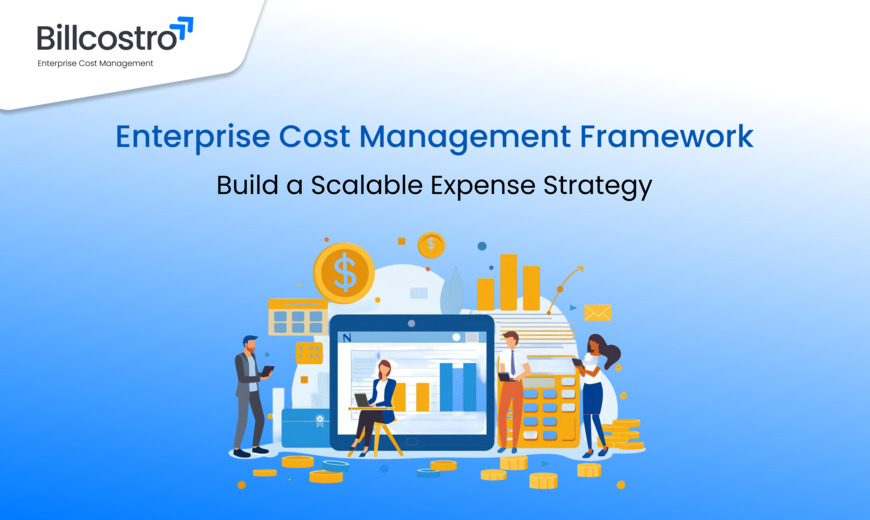
Aug. 20, 2025, 5:12 a.m.

An efficient scalable enterprise cost management framework allows companies to observe financial discipline and, at the same time, be flexible in meeting market needs. In today’s fast-moving business landscape, cost management is no longer merely about reducing expenses—it has become a strategic exercise in ensuring that every expenditure contributes to business growth and operational efficiency.
Regardless of whether you are implementing SaaS cost optimization strategies or controlling operational expenses, a properly planned framework guarantees that your expenses energize business results rather than depleting resources.
The obstacles of contemporary corporate spending have roots that run much deeper than merely budgeting. With the influence of globalization, digitalization, and the increasing usage of subscription-based services, companies have to look beyond mere reactionary measures if they want to manage their expenses effectively.
A scalable expense strategy ensures:
You must understand what success is before you can optimize. This involves:
For instance, if the aim is to expand in new markets, the distribution of the budget should mainly focus on marketing and supply chain infrastructure, while at the same time, administrative
A decentralized approach usually results in overspending, multiple subscriptions, and inefficient workflows. Enterprise expense management systems offer:
Moreover, centralization makes compliance easier,especially for enterprises operating in multiple geographies.
The rise of applications on the Internet has made SaaS cost management a very important aspect of the expense strategy. Lack of governance in the company can lead to the waste of money that could go to the budget due to unused licenses and redundant tools.
The best practices for SaaS expense management are as follows:
Policies provide consistency and accountability. A robust governance structure consists of:
By integrating these enterprise cost management software, you can scale without losing oversight.
Manual processes can make reporting slower and can also lead to errors. Expense management automation tools provide:
Automation surely reduces the administrative burden but at the same time it allows finance teams to devote more
It is quite obvious that a startup's spending framework is nothing like that of a multinational corporation. Your investment plan must change as your company expands:
A framework is only good if it is flexible. Frequent performance checks at work guarantee:
To measure success, track both financial and operational metrics:
A robust enterprise cost management framework is powered by technology. Your ideal stack might include:
Also read: Automate Cost Management to Amplify Profits
Constructing as well as upholding a scalable enterprise cost management framework becomes more effortless with the appropriate tools. Billcostro allows enterprises to consolidate expense tracking, to optimize SaaS spending, and to automate workflows that are done through the system thus, reducing cost leakages while being in line with growth objectives.
You can use Billcostro to:
By integrating Billcostro into your cost management strategy, you not only control expenses but also unlock the agility needed to scale without financial inefficiency.
Read more: How Billcostro Reduces Errors and Saves Time in Expense Reporting